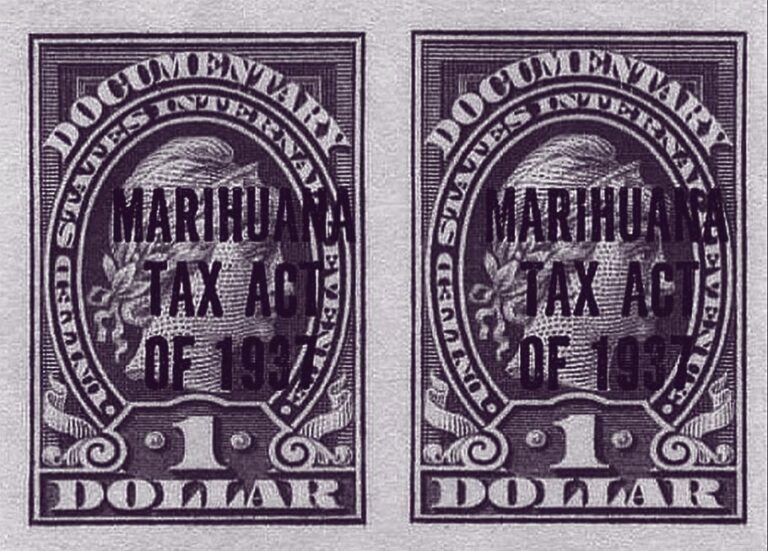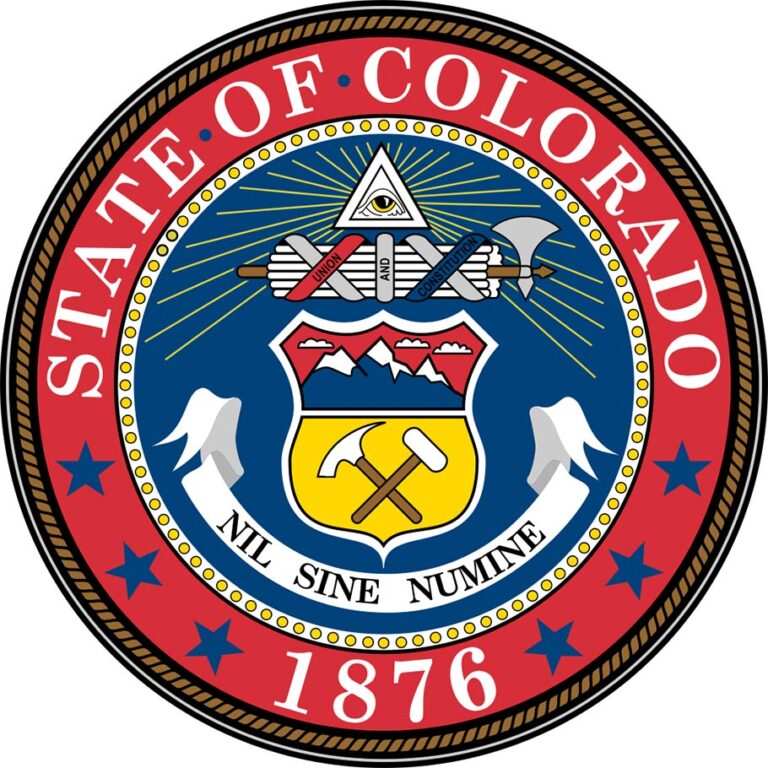Cannabis Manual: Hemp History




Latest Article|September 3, 2020|Free
::Making Grown Men Cry Since 1992



